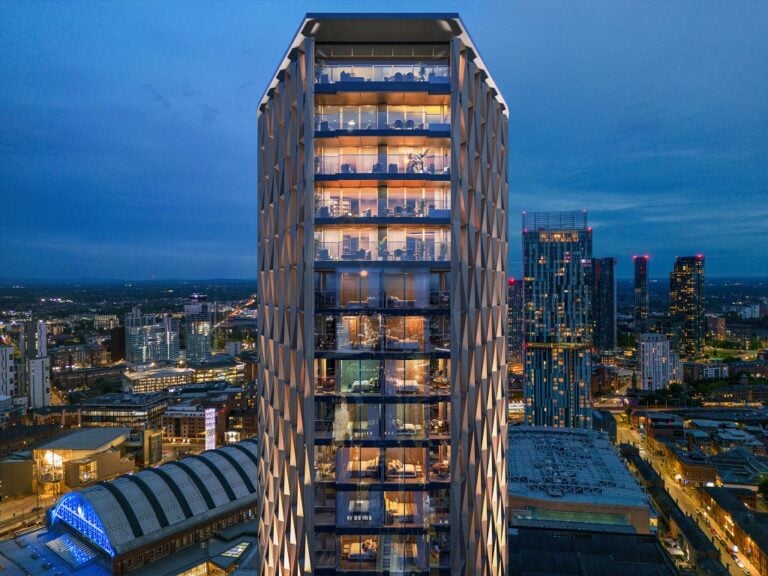The UK property investment landscape continues to attract swathes of interest both locally and abroad, so what do the key cities have to offer?
Diversifying across different locations can be a successful investment strategy for property investors, who then get to benefit from the varying yields and capital appreciation levels on offer across the country.
Many investors who had historically placed most of their focus on London have increasingly been looking further afield in recent years, particularly as the housing markets in the north and the Midlands have quickly outpaced the capital, although London still remains a popular option.
Manchester
The north western city has long been a popular spot for UK property investment, with strong rental yields, positive house price growth and major regeneration making it a more appealing place for tenants to live. More than half a million people know live in the city.
The buy-to-let sector in Manchester is thriving, and it has been recognised several times as the ‘best place to be a landlord‘, including in a report by online comparison portal GoCompare.
House prices in Manchester have risen more than most other major cities over the past year, adding to its appeal as a UK property investment destination for those wishing to earn money through capital appreciation. The average house price in Manchester city centre is now £258,442 according to Rightmove.
According to Fleet Mortgages, it is also one of the areas with the highest yields. The average yield for a one-bedroom flat, according to RW Invest, is 6.59%.
Liverpool
Another hotspot in the north west, Liverpool is notably ahead in terms of rental yields compared to many other UK property investment options. According to Track Capital, yields can reach as much as 6.9% in some areas. In the past the city’s postcodes have appeared in the top rental yields in the country.
The city’s strong student population makes it a popular rental area, but increasingly the city is attracting greater numbers of young professionals and older renters. Its city centre population is growing quickly, along with the number of startup businesses attracting talent.
Aside from this, the cultural aspect of Liverpool makes it a hugely attractive prospect for homebuyers, investors and tenants alike. One major area of regeneration right now is the historic waterfront area, which is well underway and allows residents to enjoy the river-side location close to the centre.
House prices in Liverpool are also attractive for investors, being much lower than the UK average at around £193,383 according to Rightmove.
Birmingham
Another city with an exciting regeneration outlook, Birmingham has benefited from investment surrounding the Commonwealth Games, as well as the upcoming delivery of HS2 which will drastically cut journey to London. This has raised its profile as a UK property investment target.
House prices have been increasing rapidly in some areas, with more rises expected – particularly in areas that are set to benefit from the arrival of HS2 and other development projects.
Currently, Rightmove estimates show the average property as £210,223, with wide variations across the city. According to Zoopla, rental yields in Birmingham are averaging 6.56% for buy-to-let landlords.
One big aspect that has attracted growing numbers of people to live in the city is the number of major companies opening up or expanding offices there in recent years, including HSBC and Deutsche Bank. This has also led to an influx of London-leavers moving to the city for a better quality of life.
London
Although property price growth has slumped in the capital in recent years, London is still a strong and popular prospect for many considering UK property investment. Rightmove figures put the average price currently at £708,713, but there are huge variations between areas and property types.
The build-to-rent sector is particularly strong in London, as it is home to by far the highest number of units. Tenants seeking more long-term, community-driven flats with communal areas, often better facilities and ideal rental locations are increasingly drawn to the build-to-rent model.










